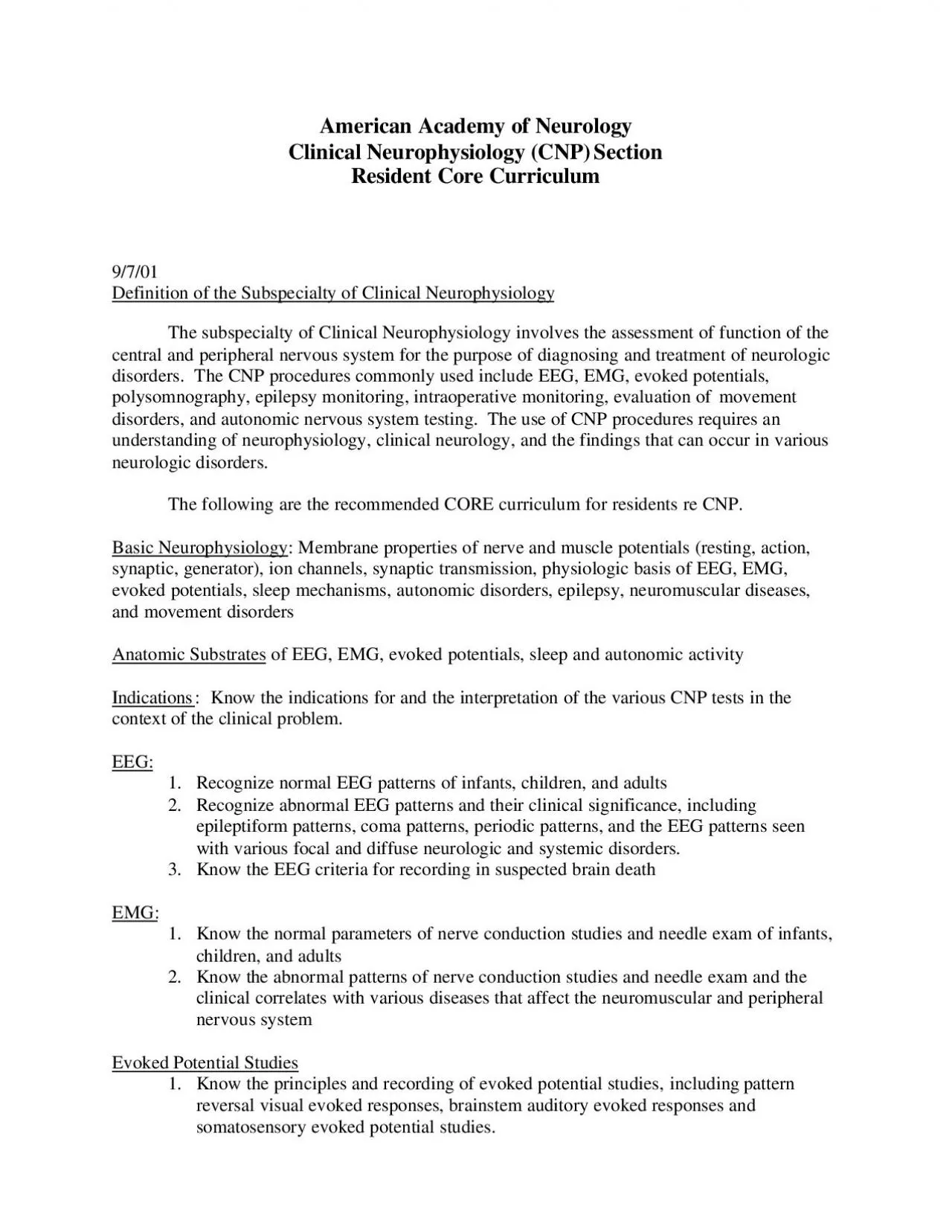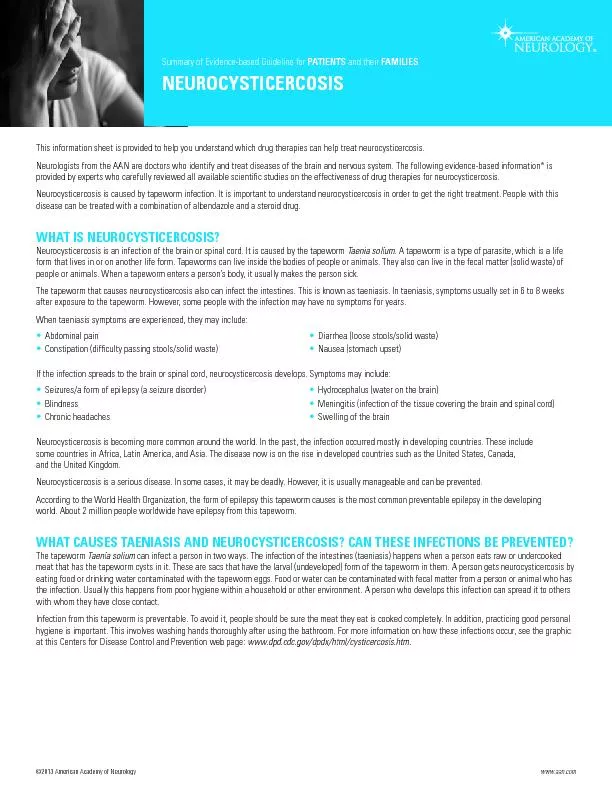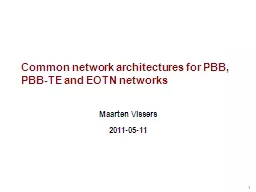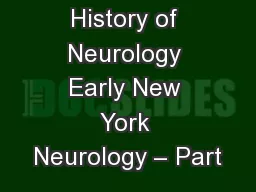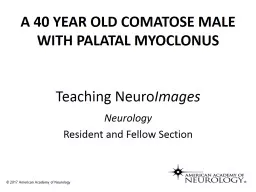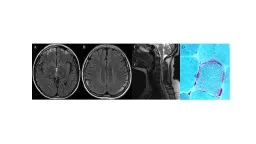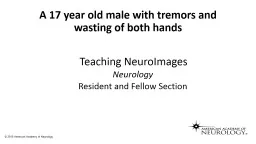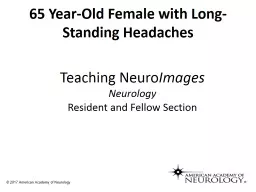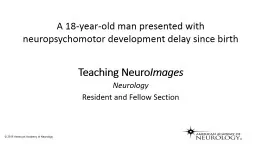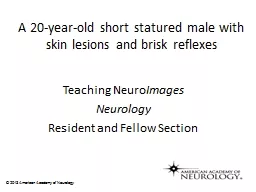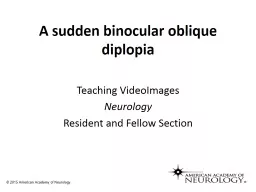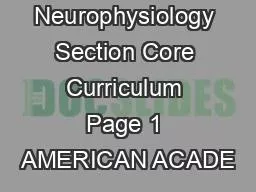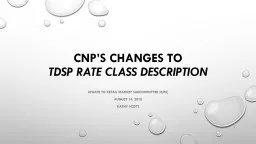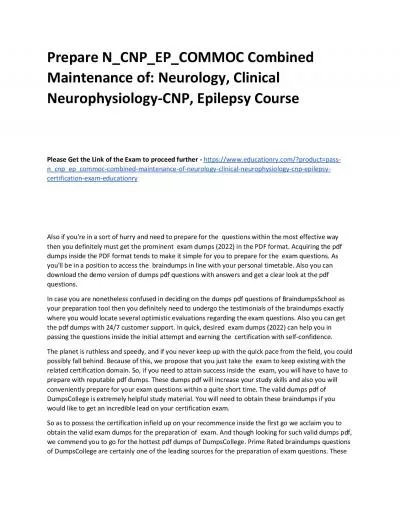PDF-American Academy of Neurology Clinical Neurophysiology CNP Section Re
Author : jovita | Published Date : 2021-10-01
The subspecialty of Clinical Neurophysiology involves the assessment of function of the central and peripheral nervous system for the purpose of diagnosing and treatment
Presentation Embed Code
Download Presentation
Download Presentation The PPT/PDF document "American Academy of Neurology Clinical N..." is the property of its rightful owner. Permission is granted to download and print the materials on this website for personal, non-commercial use only, and to display it on your personal computer provided you do not modify the materials and that you retain all copyright notices contained in the materials. By downloading content from our website, you accept the terms of this agreement.
American Academy of Neurology Clinical Neurophysiology CNP Section Re: Transcript
Download Rules Of Document
"American Academy of Neurology Clinical Neurophysiology CNP Section Re"The content belongs to its owner. You may download and print it for personal use, without modification, and keep all copyright notices. By downloading, you agree to these terms.
Related Documents

